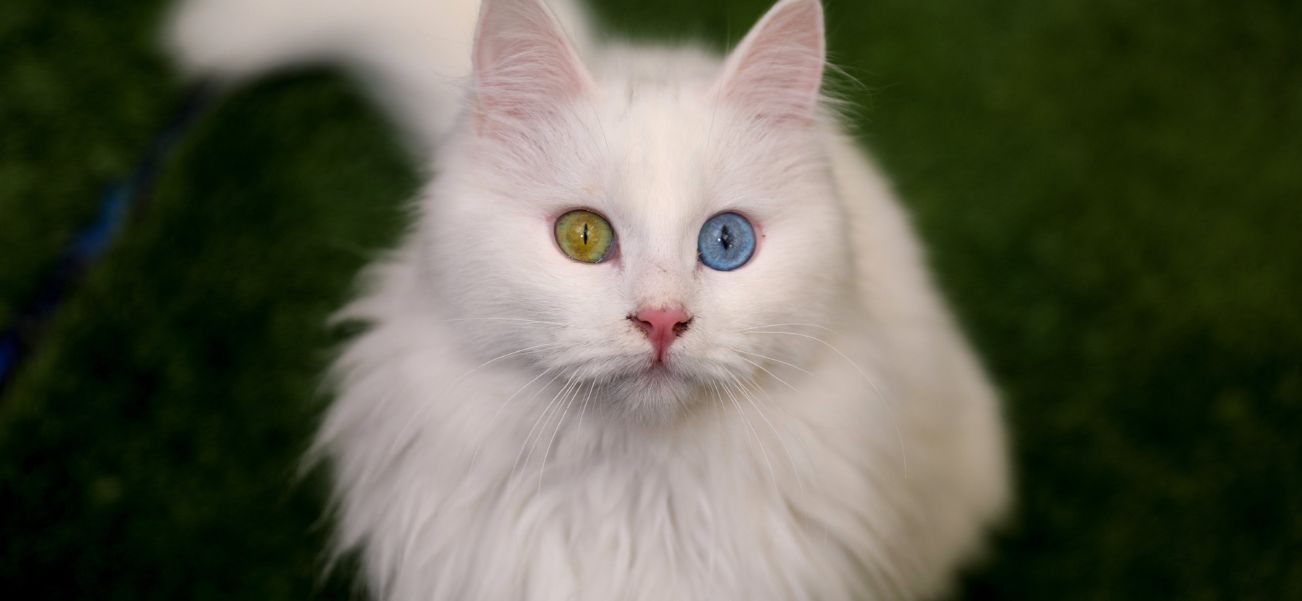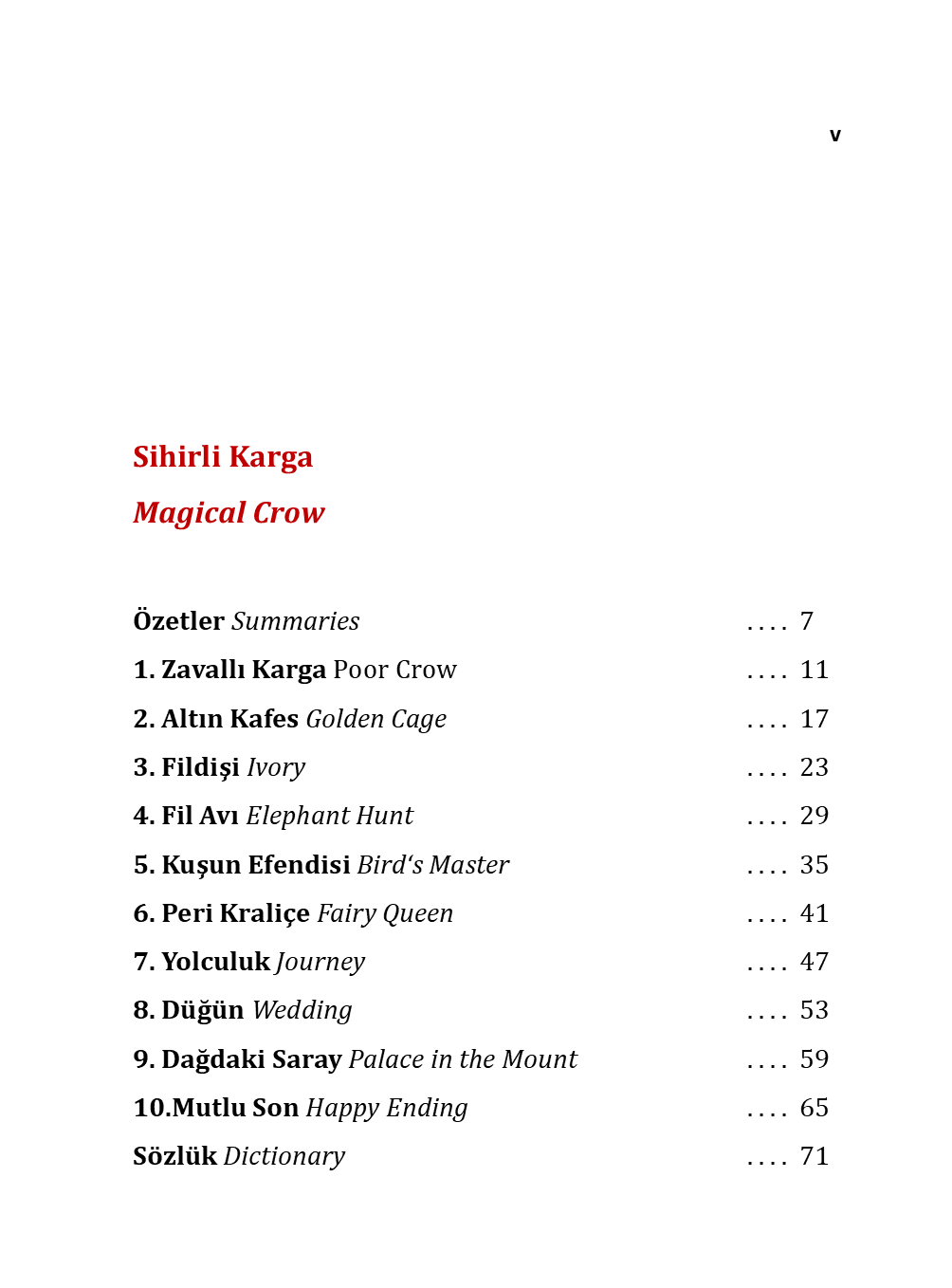
Turkish Van Cat: The Swimming Cat with a Dazzling Coat and a Heart of Gold
In the world of felines, where many breeds share common traits of aloofness and a notorious dislike for water, one breed stands out as a glorious exception. Meet the Turkish Van cat, a rare and ancient treasure often called the “swimming cat.” With a stunning white coat adorned with colorful markings, a robust build, and a personality as unique as its history, this cat is more than just a pretty face. It’s an intelligent, playful, and affectionate companion with a fascinating past rooted in the rugged, lakeside landscape of Eastern Turkey.
If you’re searching for a cat that breaks the mold, a cat that is both a cuddly lap companion and an energetic acrobat, you’ve come to the right place. This comprehensive guide will dive deep into the world of the Turkish Van, exploring everything from its legendary origins on the shores of Lake Van to the specific care this unique breed requires. Prepare to discover why the Turkish Van is truly in a class of its own.
TURKISH VAN CATS: EVERYTHING YOU NEED TO KNOW
A Legend Forged by Water: The Ancient Origins of the Turkish Van

The story of the Turkish Van is as captivating as the cat itself. Unlike many modern breeds meticulously developed by humans, the Van is a natural breed, its characteristics honed by centuries of survival in a specific, demanding environment. Its homeland is the remote and breathtakingly beautiful region surrounding Lake Van in Eastern Turkey, a vast inland sea known for its high salinity and stunning scenery.
Local legend offers a more poetic beginning. Folklore tells that as God blessed the animals leaving Noah’s Ark, he placed his hand on the cat that would become the Turkish Van. The colored markings on the head and tail are said to be the fingerprints of the divine, while the pure white body represents the cat’s sacred journey. This “Mark of God” is a hallmark of the breed.

Historically, these cats have been known in their native region for millennia. Archaeological evidence suggests their presence dates back over 5,000 years. They were valued by locals for their exceptional hunting skills and their unique, water-resistant coats that allowed them to thrive in the climate around the lake. It wasn’t until the mid-1950s that the breed was introduced to the Western world.
The modern history of the Turkish Van began with two British photographers, Laura Lushington and Sonia Halliday. While traveling in Turkey in 1955, they were given two unrelated cats—a male and a female—with the distinctive color-on-white pattern. Captivated by their charm and unique love of water, they brought them back to England. Lushington later returned to Turkey and imported more cats, ensuring a diverse gene pool. She famously tested their hardiness by having them accompany her on long car journeys through Europe, where they proved to be unflappable and good-natured travelers. The breed was officially recognized in Great Britain in 1969 and by The International Cat Association (TICA) in 1979.

It is crucial to distinguish the Turkish Van from the Turkish Angora. While both are natural breeds from Turkey, they are distinct. The Turkish Angora is more slender and fine-boned, with a single, silky coat, and is often all-white. The Turkish Van is a larger, more muscular "swimming cat" with a unique pattern and a cashmere-like coat.
Top 30 Facts About Turkish Van Cat
The "Van Pattern": An Unmistakable and Dazzling Appearance

The Turkish Van is a study in elegant power. This is a semi-longhaired cat that is surprisingly substantial. Don’t be fooled by the fluffy appearance; under all that fur is a powerful and muscular athlete.
- Size and Build Turksih Vans are a large, robust breed. Males can weigh 12-18 pounds, with females being slightly smaller. They possess a broad chest, strong legs, and a body built for running and jumping. They are surprisingly heavy when picked up, a characteristic often called "brick cat" by owners.
- The Iconic Coat and Color The most defining feature is the Van Pattern. The ideal is a pure, chalk-white body with colored markings restricted solely to the head and the tail. The pattern on the head is typically two symmetrical patches covering the ears, with a colored spot on the back of the neck often considered desirable. The tail is a beautiful, full plume of color.
- Coat Texture The coat is another marvel. It lacks an undercoat, giving it a unique, soft, cashmere-like texture that is water-resistant. This single coat means they shed less than other longhaired breeds and are less prone to matting, though regular grooming is still essential.
- Accepted Colors The most traditional and well-known color is red tabby and white (often called "auburn" in Turkey). However, other colors like cream, black, blue, and tabby patterns in these colors are also accepted. Eye color can be amber, blue, or a striking combination of both—one blue eye and one amber eye, known as odd-eyed. This is particularly common in the breed and adds to their mesmerizing appearance.
The "Van Kedisi" Personality: A Dog in a Cat's Body?

If you’re expecting a typical, aloof cat, the Turkish Van will be a delightful surprise. Their personality is as distinctive as their look, often earning them the nickname “the dog of the cat world.”
1. The Infamous Love of Water
This is their most famous trait. While not every Turkish Van will plunge into a swimming pool, most have a fascination with water that is unparalleled in the feline world. Don’t be shocked to find your Van:
- Pawing at water in their bowl or the toilet.
- Joining you in the shower or bathtub.
- Playing with dripping taps.
- Swimming in pools, ponds, or even just a filled sink.
This affinity is likely linked to their ancestral home on the shores of Lake Van, where they may have fished or cooled off in the water.
2. High-Energy and Playful

The Turkish Van is not a couch potato. They retain a strong hunting instinct and are incredibly athletic. They love to run, jump to great heights, and engage in interactive play. Feather wands, laser pointers (used responsibly), and puzzle toys are perfect for stimulating their body and mind. They are known for their bursts of energy, often called the “Van Gogh” or “zoomies,” where they race around the house with impressive speed and agility.
3. Intelligent and Inquisitive
This is a very smart cat that needs mental stimulation to prevent boredom. They can learn tricks, such as fetching small toys, and are known for their problem-solving skills. They will figure out how to open cabinets and doors, so child-proof locks are often a necessity. Their curiosity means they will want to be involved in everything you do.
4. Affectionate, But on Their Terms
Turkish Vans form deep, loyal bonds with their human families. However, they are not typically “lap cats” in the traditional sense. They show their affection by following you from room to room, “helping” with chores, and engaging in play. They will often choose one or two favorite people and be devoted to them. Their affection is active rather than passive—they’d rather play fetch than simply be petted for hours. They can be chatty, with a soft, gentle voice used to communicate with their owners.
Is a Turkish Van the Right Cat for You? A Realistic Assessment

The Turkish Van’s unique personality makes it an ideal pet for some, but perhaps a challenge for others.
The Ideal Turkish Van Home:
- Active Households Families or individuals who can provide plenty of interactive play and attention.
- Families with Children and Cat-Savvy Dogs Their playful and robust nature makes them great companions for respectful children and dogs that are comfortable with cats.
- Homes with Vertical Space Cat trees, tall shelves, and window perches are essential to satisfy their climbing instincts.
- An Appreciation for Quirks An owner who will delight in their water antics and intelligent mischief, not be frustrated by it.
Potential Challenges to Consider:
- Demand for Attention They can become bored and potentially destructive if left alone for long periods without stimulation.
- High Energy Level Their playfulness might be too much for someone seeking a calm, sedentary companion.
- Strong-Willed Nature Their intelligence can translate into stubbornness. They need a patient owner who uses positive reinforcement.
Caring for Your Aquatic Acrobat: Health, Grooming, and Diet

Thanks to their natural origins, Turkish Vans are generally a healthy and hardy breed with a lifespan of 12-17 years. However, responsible ownership is key to their well-being.
Health Considerations:
While robust, like all purebred cats, they can be predisposed to certain genetic conditions. A reputable breeder will screen for these.
- Hypertrophic Cardiomyopathy (HCM) A form of heart disease that is the most common cause of heart issues in cats.
- Hip Dysplasia More commonly associated with dogs, this malformation of the hip joint can occur in larger cat breeds like the Van.
Grooming Your Van’s Cashmere Coat:
Their single, semi-longhaired coat is surprisingly low-maintenance.
- Brushing A thorough brushing 2-3 times a week is usually sufficient to remove loose hair and prevent tangles. During seasonal shedding periods in spring and fall, you may need to brush daily.
- Bathing Given their love of water, bathing a Turkish Van is often much easier than with other cats! Their water-resistant coat means it dries relatively quickly.
- Other Care Regular nail trimming, ear cleaning, and dental care are important for all cats, including the Van.
Diet and Nutrition:
As a large, active breed, the Turkish Van requires a high-quality diet rich in protein.
- Portion Control It’s important to monitor their weight, as their substantial build can make it easy to overlook weight gain. Follow feeding guidelines and consult your veterinarian.
- Hydration Their love of water is a bonus for hydration, but always provide a fresh, clean source of water. A cat water fountain can be an excellent investment to encourage drinking.
Finding a Turkish Van Kitten: Ethics and Expectations

Due to their rarity, finding a Turkish Van kitten requires patience and diligence.
- Reputable Breeders Seek out breeders registered with major cat associations like TICA or CFA. Ask about genetic health testing for the parent cats, and expect to be interviewed thoroughly. A good breeder will be just as concerned about placing their kitten in the right home as you are about finding a healthy pet.
- Avoiding Scams Be wary of online sellers offering Vans at unusually low prices or without a rigorous adoption process. True Turkish Van breeders are passionate about preserving the breed.
- Consider Adoption While rare, purebred cats sometimes end up in rescue organizations or breed-specific rescues. It’s always worth checking.
Conclusion: A Treasure Worth the Search

The Turkish Van Cat is a breed of beautiful contradictions: a powerful swimmer with a coat as soft as cashmere, an independent thinker with a deeply loyal heart, an ancient breed with the playful spirit of a kitten. They are not for everyone, but for the right person or family, they are an unparalleled companion.
If you can provide an active, engaging home and appreciate a cat with a big personality and an even bigger heart, the Turkish Van may be your perfect match. Welcoming a Van into your life means gaining a loyal friend, a hilarious entertainer, and a living piece of history—a captivating reminder of the windswept shores of Lake Van and the unique magic of the feline world.













